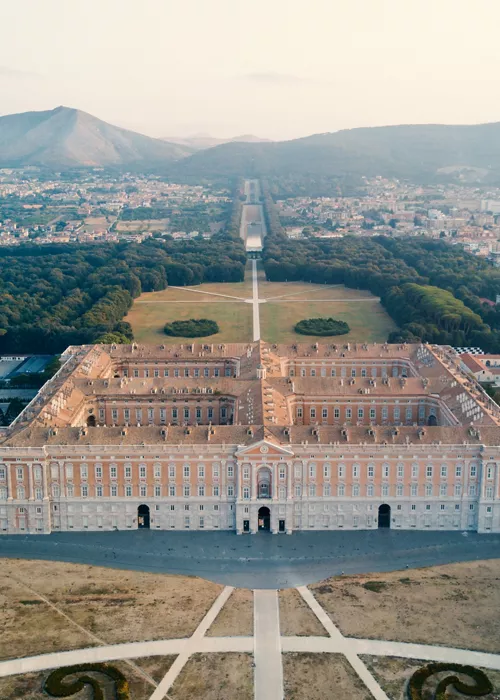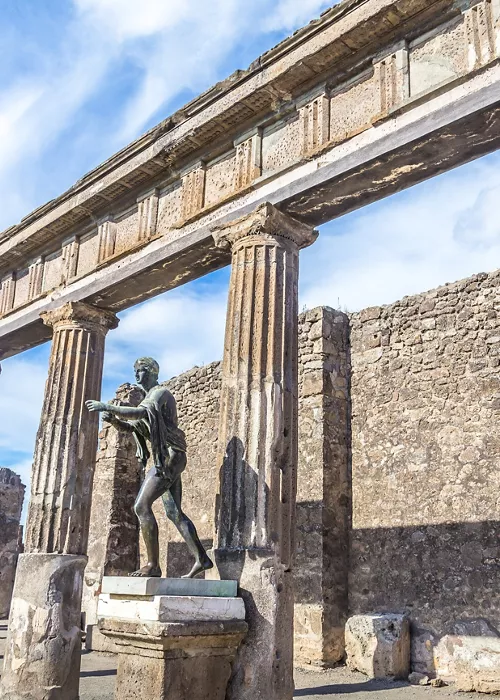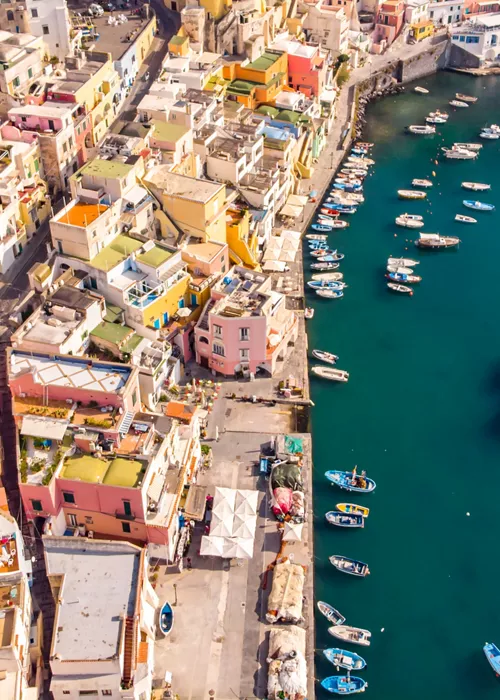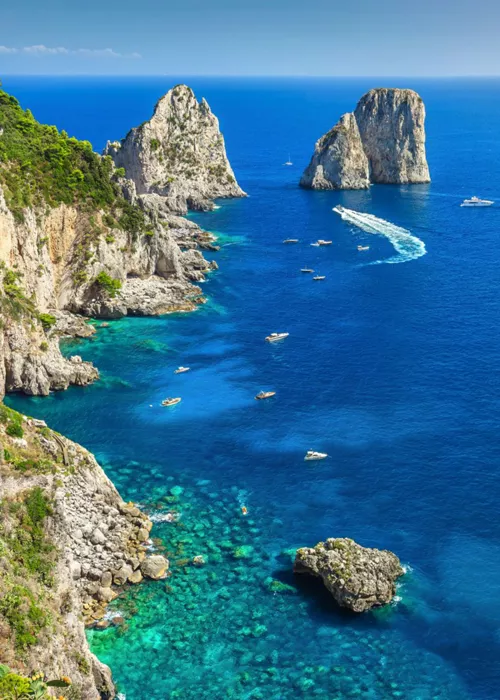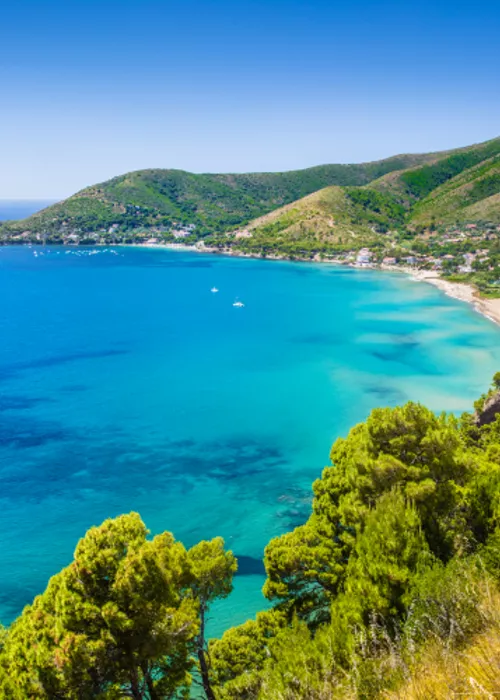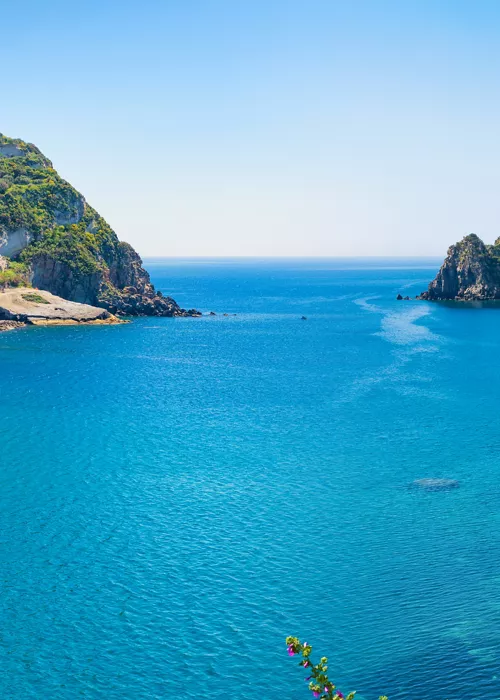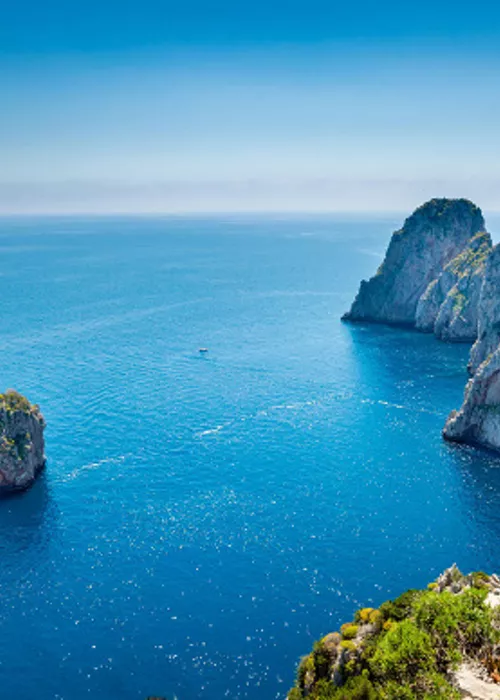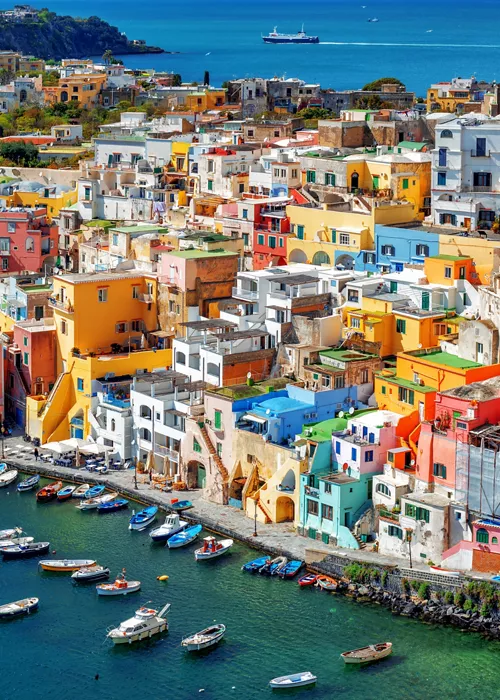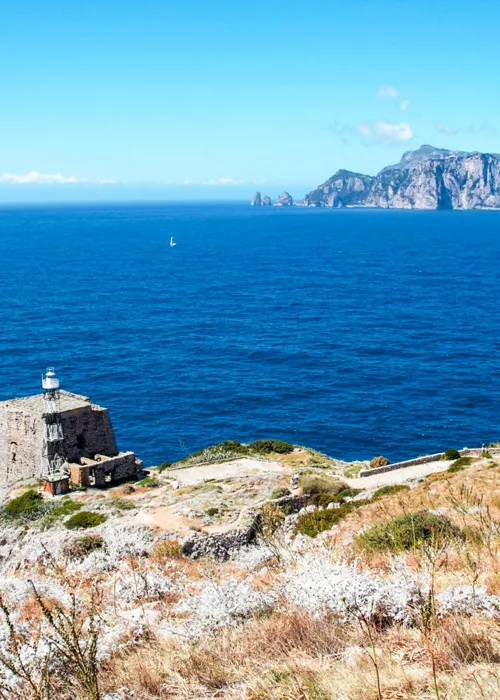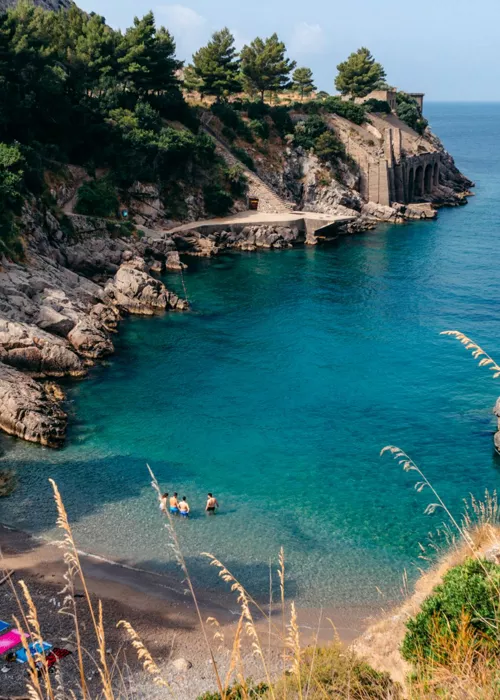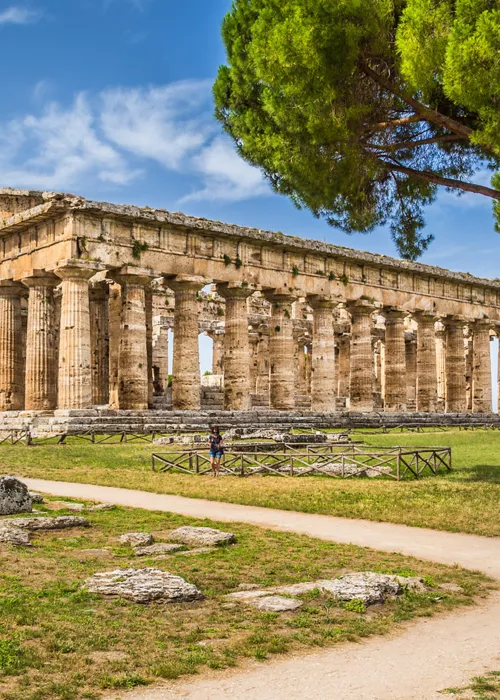Sanza, Caselle in Pittari and Casaletto Spartano in Cilento in Southern Campania
10 minutes

During my road trip around Campania’s hinterland, I visited the charming area of Cilento. Perhaps you've never heard of this area. I wouldn’t be surprised as it’s a well-kept secret! The Cilento area is stretches from Paestum to the Gulf of Policastro, near the town of Sapri. The inner boundaries are the Alburni Mountains and Vallo di Diano. Most of this area is part of the Cilento and Vallo di Diano National Park, listed as a UNESCO World Heritage Site.
The landscape of Cilento is fascinating and varied. Impressive cliffs, the finest sandy beaches and untouched river valleys meet the mountains, many of which are elegantly draped by gorgeous mediaeval villages. Cilento is the perfect place to go for active holiday-makers and culture lovers like me. There is no shortage of things to do and see. Join me on a trip to Cilento!
Sanza, picturesque alleys and breathtaking mountain views

I started my Cilento trip in Sanza, a small town on a hill and surrounded by mountains. In ancient times, Sanza was built around the Mother Church and protected by walls. There were only a few gates to access the village. The walls have since disappeared but the typical structure of a mediaeval fortified centre is still preserved.
I got lost numerous times in the little picturesque streets of Sanza, which sometimes end in blind alleys! It’s easy to disorientate yourself, but this is what makes Sanza so charming. The beautiful palaces are well worth seeing, as well as San Martino Square with its mediaeval bell tower, and the remains of the church that collapsed due to an earthquake.
Top 5 things not to miss
- Walking the romantic narrow streets of Sanza
- The Piazza San Martino with the medieval bell tower
- Hiking to Vallivona sinkhole and see the magic happen
- Climbing up to the summit of Mount Cervati to enjoy the breathtaking view
- An e-bike tour on Via Silente from Sanza to Casaletto Spartano
Sanza was my starting point for numerous hikes and an e-bike tour in Cilento and Vallo di Diano National Park. One of those hikes brought me to the Vallivona sinkhole, a Karst phenomenon on Mount Cervati. The sinkhole is located at the end of a 500-metre long tunnel and from the entrance I could hardly see what was at the bottom. I couldn’t foresee anything of the spectacle that awaited me at the end of the tunnel. I found myself gaping at the limestone walls up to 100-metres high, covered with rich vegetation. The ground was a carpet of butterburs, moistened by water which came out from a crack in the wall. Looking up, I was able to spot the edge of the chasm surrounded by a canopy of large trees! The sinkhole is the result of water-induced erosion over millions of years, and the Bussento River, that seemingly loves to play hide-and-seek, appearing and disappearing throughout its path.
Another hike brought me up to the summit of Mount Cervati, at 1,899 metres, the highest mountain in Campania. The path led me through untouched nature, past craggy rocks and the Sanctuary of Madonna della Neve. After a little picnic with local products, I continued up. Before heading to the summit, which was already close enough to touch, I made a little detour to La Nevera, a cave where the snow doesn't even melt in summer!
The story goes that back in the day, the Kings of Naples ordered locals to bring ice from the cave to the valley with donkeys. It was then transported to Naples by ship, so that the royals were able to enjoy their sorbetto on hot summer days.

When I finally arrived at the summit, I knew what I had achieved. The summit hike was a tough one. I overcame height differences of 750 metres and it took me almost 6 hours, but at the top, I was spoiled with breathtaking views over the Cilento with its gorgeous mediaeval villages, vineyards, chestnut forests, olive groves, and in the distance, I could even see the famous volcano, Stromboli.
Sanza is not only a good place for hiking, but also for exploring the area by e-bike. Sanza lies on the Via Silente. The Silent Route is a trail that, in just under 600 kilometres and divided into 15 stages, crosses the entire territory of the Cilento, Vallo di Diano and Alburni National Park. I heard that one of the best stages is the one from Sanza to Casaletto Spartano, so I rented an e-bike from KonosCycling and started cycling up and down the trail. The 42 kilometres to Casaletto Spartano were physically challenging, but while cycling I also enjoyed the breathtaking views of the mountains, the coastline and the little mountain villages. Most of all, I enjoyed the silence, which is most likely how the trail got its name.
Useful Information
Best time to visit:
The best time to visit Sanza is around August 5, the day the people of Sanza pay homage to their beloved saint La Madonna Della Neve (Mary of the Snows). That day, the villagers of Sanza descend from Mount Cervati down to Sanza with the heavy statue of La Madonna and create a procession through the tight cobblestoned streets of Sanza.
How to get there:
The closest city is Naples. From Naples you can catch a train to Sapri and then take the bus to Sanza which runs twice per day. In addition, there is a bus directly from Naples Central Station to Sanza which runs three times daily. However, the most convenient way to experience the Cilento is by car.
Caselle in Pittari, cosy atmosphere and stunning nature

Caselle in Pittari is another cosy hill town in the heart of Cilento National Park. Centuries ago, the village was built to protect the area from pirates. Even though Caselle in Pittari doesn't boast any major attractions, you should take your time to explore this gorgeous little village with its charming, steep alleys. The Churches Santa Maria dell'Assunta and San Michele are well worth-seeing and I really liked climbing up to the ruins of the mediaeval tower, which overlooks the village. From the square in front of the tower I enjoyed wonderful views of the surrounding hills, the soaring peak of Monte Cervati and the Bussento River.
Top 5 things not to miss
- Strolling around the cosy hill town and soaking up the atmosphere
- The viewpoint from the tower, with breathtaking views of the village and the hills
- The WWF Oasi Grotte del Bussento and walking along Bussento River
- Walking through the romantic streets of Morigerati and a visit to the Ethnographic Museum
- Food and Wine to taste: Homemade Pasta and local Aglianico wine at Ristorante « Al Castello » in Morigerati
The real star is for sure not Caselle in Pittari itself, but the pristine nature around the village. Not far from Caselle in Pittari, more precisely in Morigerati, I stopped by the visitor centre of WWF Oasi Grotte del Bussento, where fantastic guided walks through the nature reserve are offered.
Together with my guide, I made my way over numerous bridges and stairs to a huge cave. As already mentioned, the Bussento River has its source at Mount Cervati and then makes a mysterious journey into the depths of the underworld. In the cave in Grotte del Bussento, the river finally rises to the surface again and makes its way towards the spectacular canyon covered with lush vegetation, which is the home of many rare plants and endangered species like otters and the Italian spectacled salamander.

On an ancient mule track, I followed the guide through this canyon along the stream with springs and waterfalls. We ended the hike at the impressive water mill dating back to the eighteenth century.
Back in the historic centre of Morigerati, I decided to have a light lunch at Ristorante Al Castello. It turned out to be not light at all, because I couldn't resist trying all the cold and warm antipasti that were offered to me! The fried zucchini blossoms were absolutely divine and I highly recommend trying some of the homemade pasta dishes. Pasta e fagioli (Pasta with beans), Farfalle and Ravioli stuffed with fresh ricotta cheese are cooked to perfection and pair well with a glass of the local Aglianico wine.
Later that day, I went for a walk in the charming fortified mountain village of Morigerati that was once a place of pilgrimage on the way from Rome to Jerusalem. While strolling around the romantic historical centre, I discovered picturesque mediaeval cobblestone roads, typically Mediterranean rows of houses with adorable courtyards, and squares that offer gorgeous views across the untouched nature of Bussento Valley. In addition, Casa Meridiana, with its sundial; the Palazzo Baronale; and the Church of Saint Demetrius, with its red bell tower are worth-seeing. The small but nice Ethnographic Museum is also worth a quick visit to learn more about the peasant culture and the people of Morigerati.
Useful Information
Best time to visit:
Beginning of July, when Caselle in Pittari hosts an unusual event called the Palio del Grano, which is a homage to a by-gone era that recreates the traditions of rural life.
How to get there:
The closest airport is Naples. From Naples you can catch a train to Sapri and then take the bus to Casaletto Spartano that runs twice per day. But I highly recommend to rent a car to get around.
Casaletto Spartano, myths, legends and wonders of Mother Nature

Some people say that the name Casaletto Spartano is derived from the widespread esparto that is also used for producing paper and ropes. Others say that the town, with its mediaeval origins, was built around a settlement called Spartoso, from which it derives the toponym, changed in Spartano, that literally means Spartan.
The gorgeous little streets and the Church San Nicola di Bari with its valuable stucco decorations are well worth seeing, but most of the sights of Casaletto are represented by the natural environment of its territory.
Top 5 things not to miss
- Walking the beautiful little alleys of the village
- The Church San Nicola di Bari with its valuable stucco decorations
- The Capelli di Venere, a place that seems to have come out of a fairy tale
- Hiking the third and fourth leg of the Cammino di San Nilo and visiting the lovely villages along the route
- Staying overnight at Palazzo dei Gallotti in Battaglia and feeling like a baroness
About one kilometre outside of Casaletto Spartano, Bussentino River turns into a picturesque waterfall that is called Capelli di Venere (in English Hair of Venus falls). Following a little path from the village, I reached this fairy-tale-like place in the late afternoon, right on time to see an enchanting play of light and shadow on the water. It was a magical moment that made me almost believe the locals' stories about elves and fairies!
According to legend the Goddess Venus, Goddess of Love and Beauty, liked to relax in the cooling shadow at the waterfall on hot summer days. While listening to the sounds of nature she often fell asleep. One day, a shepherd with his flock came by and instantly fell in love with the beautiful goddess. He observed her for days and was totally obsessed with her long golden hair. He knew that he could not have her, but at the very least, he wanted to have a strand of her hair. So one night he cut off a strand of hair which awoke the goddess. The shepherd tried to escape, but the hair subsequently turned into water that went higher and higher and the thief started to drown. The goddess was not a bad woman at heart, though. She transformed him into a plant born from her hairs that still grows next to the waterfalls. This is how the waterfalls got their name Hair of Venus. The legend refers to the Capelvenere, in English maidenhair fern, which grows luxuriantly around the waterfalls.

The next day, I set out to hike the Cammino di San Nilo. In total, the long-distance trail winds its way through the Cilento for about 100 kilometres. It starts in Sapri and ends in Palinuro, and is divided into 7 legs. In general, the trail is feasible for everyone, but it requires a certain level of fitness and you should expect some steep up- and downhills.
As I didn't have sufficient time for the whole trail, I decided to hike the third and fourth leg (19 kilometres) from Casaletto Spartano to Caselle in Pittari. Those two stages are known to be the most beautiful and diverse, but also the most challenging. From Casaletto Spartano, the path first led me to Tortorella, a gorgeous fortified village with several picturesque alleys, beautiful gates and secluded vegetable gardens. After Tortorella, the Cammino di San Nilo winds its way downhill to the Rio Gerenaso, a tributary of the Bussento River. Then I passed through the Forest of Farneto and Morigerati. From Morigerati, the fourth leg brought me all the way down to WWF Oasi Grotte del Busento. Next stop was Sicili, a cute village that invited me to linger around and enjoy the views for a little while before making the rest of my way to Caselle in Pittari.
Useful Information
Best time to visit:
Generally Casaletto Spartano is at its best from April to June as well as from September to October. The summer months are too hot for outdoor activities. The temperature is also mild in the winter, but there is more rainfall.
How to get there:
The closest city is Naples. From Naples you can catch a train to Sapri and then take the bus to Casaletto Spartano that runs twice per day. But the best way to experience the Cilento is by rental car.
Article written about the experience of Nina Soentgerath - reisehappen.de


